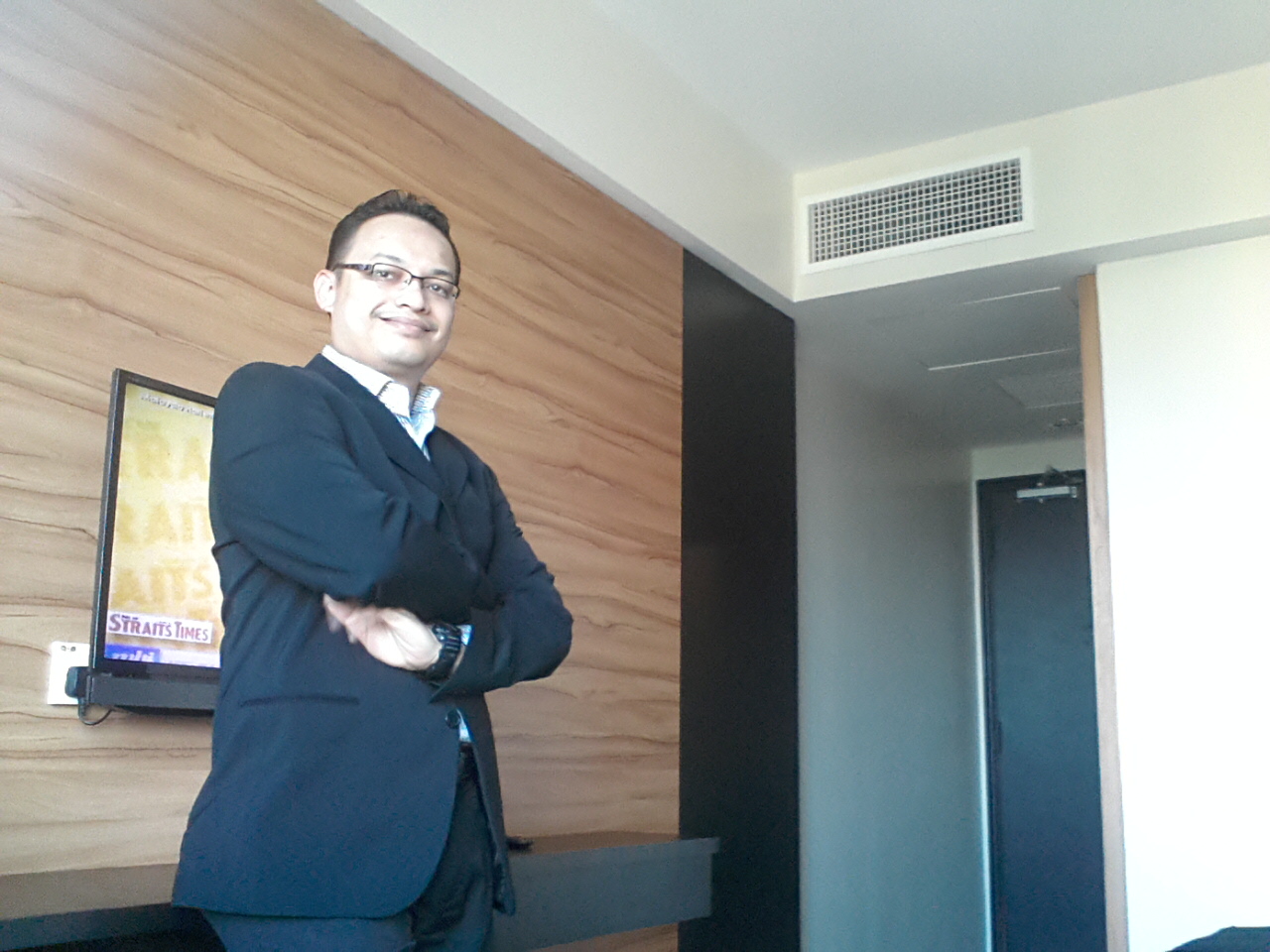Home sweet home! Alhamdulillah finally we reached home and I managed to perform Magrib prayer at Surau Al-Taqwa. I realized there are many things playing around in my head with regards to all my jobs, tasks and projects. I need to properly plan everything and this include my book writing project which is always lingering in my mind but not well planned yet for the time being. This project is related to this 366 Official Tasks that I am recording in this blog.
Unlike other years, this year we have 366 days and the phrase “366 days” will definitely be part of the title of the book. The intention or objective of the book is to share with my readers what are the typical tasks that a typical lecturers like me do on a daily basis. Many thought that a lecturer duty is similar like a teacher at school where their prime task is to teach their students. This is no longer the case as a lecturer has more than that to do. Briefly, I can say that a lecturer will have 7P’s, and the P’s are all described in Malay language as:
- Pengajaran (Teaching)
- Penyelidikan (Research)
- Penerbitan (Publication)
- Penulisan (Writing)
- Perundingan (Consultancy)
- Penyeliaan (Supervision)
- Perkhidmatan Masyarakat (Community Service)
However, throughout the recent years, I can say that we can add 2 more P’s and they are:
- Pengurusan (Management)
- Penjanaan Pendapatan (Income generation)
But the additional 2p’s depends on the position of the lecturer. This topic wil be continued soon. Stay tune.
About
There are without doubt numerous career for a chemical engineering graduate. One can be a chemical engineer, process engineer, environmental consultant, Safety officer, service engineer, researcher and also an academician. Each and every career has its own story, its own challenges, its own mystery, its own excitement and its own downfall. Nevertheless each career can be very rewarding if you have the right attitude to your job.
This book is a true share account of my 366 day to day career as an academician in the year 2020. The idea prompted instantaneously as the new year of 2020 appeared. I wanted to record what are the kind of tasks that a chemical engineering lecturer does. But in general, the sharing are almost the same for other lecturers from other disciplines. Since I am a chemical engineering lecturer, my sharing will and can be related to chemical engineering enthusiast. But, to be frank, other audiences such as those who are interested to know what a typical lecturer do can read this book.
Many perceive that a lecturer job is merely teaching and lecturing. The actual fact is indeed more than meet the eyes. A lecturer has more than that do serve the community and country in terms of developing the younger generation as well as contributing ideas, knowledge to the advancement of technology. Depending on the kind of university the lecturer works, we can describe how they work. More or less it is almost the same, but the slight difference may be due to the direction and status of the university.
Research University
In Malaysia, there are a total of 5 Research University status which are Universiti Malaya, Universiti Kebangsaan Malaysia, Universiti Sains Malaysia, Universiti Teknologi Malaysia and Universiti Putra Malaysia. These universities are given special task which is to rapidly perform in the research area. I am not sure about other universities, but for UTM, the key performance indicator (KPI) for research is 50% if the lecturer opted for research stream.
What does this 50% of research area means?
It means the lecturer need to lead research projects, be a member of research projects, spend for research purpose, supervise undergraduate, master and phd students, write and publish journal papers, write book chapter or/and book, present research in conferences or symposiums, and so on. Failure to perform in this or inability to score in any of the above mentioned areas will result to the KPI for research be zero and there vaporize your 50% marks.
The balance 50% which is left is shared between teaching loads, consultancy, community services and so on.
Read all my “1 Official Task Per Day Record Challenge for 2020” —> https://people.utm.my/zakiyamani/category/1-activity-1-day/
